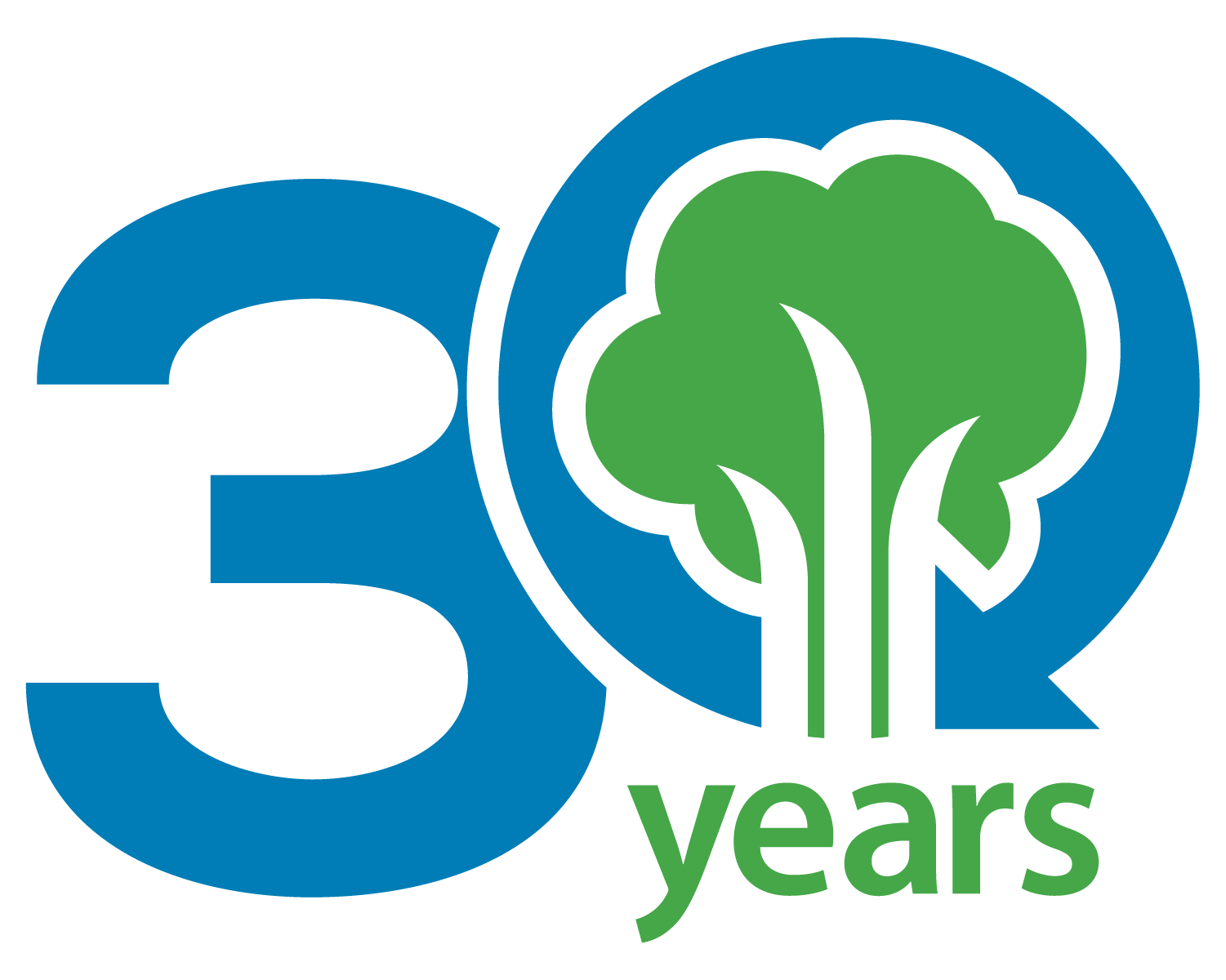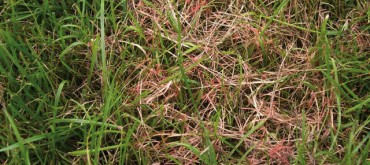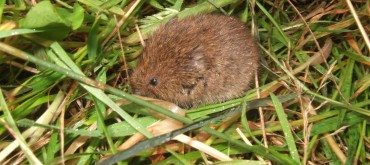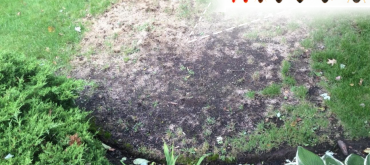Wow, what a year for Crabgrass! While some of you may have been fortunate and not experienced any this year, many of our customers did and we wanted to share with you all, why and what can be done to prevent it from coming back next season.
Let’s start with the Why; To start with crabgrass is an annual grass and not a weed as many might think, it also has the ability to produce thousands of seeds that can remain in your lawn for years to come, waiting again for the perfect conditions to start up each and every spring, primarily in the period between the May long weekend to the middle of June. So why was it so prevalent this year? It all started with the weather, this spring, while a bit late in starting, was wetter and warmer than normal, creating the perfect germination conditions. All seeds, including weeds and even regular turfgrass seeds, need very specific conditions in order for seed germination. In the case of crabgrass, it requires daily average soil temperatures to reach about 14-18 degrees Celsius for about 3 consecutive days for the process to start, then the seed needs sufficient moisture to germinate and last, it needs adequate sunlight to complete the process. If the sun can reach the soil surface, the crabgrass seeds will germinate. This is why it is so important to repair the areas in the fall and remember to water deeply and infrequently, fertilize regularly and mow high. Keeping your lawn at a height of 3” will help provide shade and prevent sunlight from germinating crabgrass seeds in the soil.
The silver lining in the September clouds is that crabgrass is an annual, and with the cooler weather it will now begin to die off for this year. This is to our advantage as it allows us to manage it the following season, starting in the fall! If the bare patches left by the crabgrass remain unrepaired, there is a high likelihood that the crabgrass will return the following year. Fixing the bare patches is simple, just topdress and overseed the areas. Use a quality soil or compost that is weed free, spreading no more than a ½” layer over your entire lawn. Use a seed variety that is at least 50% Kentucky Blue Grass and the other portion a mix of perennial turf type ryegrasses. Spread the seed out over the soil putting down 2lbs per 1,000 square feet of grass, ensure the seed is in firm contact with the soil. Keep the seed moist for 2-3 weeks, this may require watering the areas 2-3 times a day. If the seed is not kept moist it will not germinate.
It is also important to recognize where you are seeing the crabgrass from this past year. If it is just along the edges of your lawn or around your garden edges, than it is most often the result of cutting to short in these areas with your string trimer. If you are seeing it in the middle of your lawn than it usually means you are cutting your lawn too short during the spring germination period. It is also important during the relatively short germination window that you are not watering your lawn too often as this contributes to higher seed germination as well.
If you need help with the topdress and overseeding feel free to give us a call, 905-336-9500, we are always happy to help.





